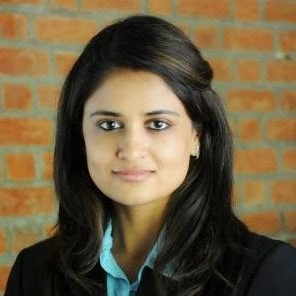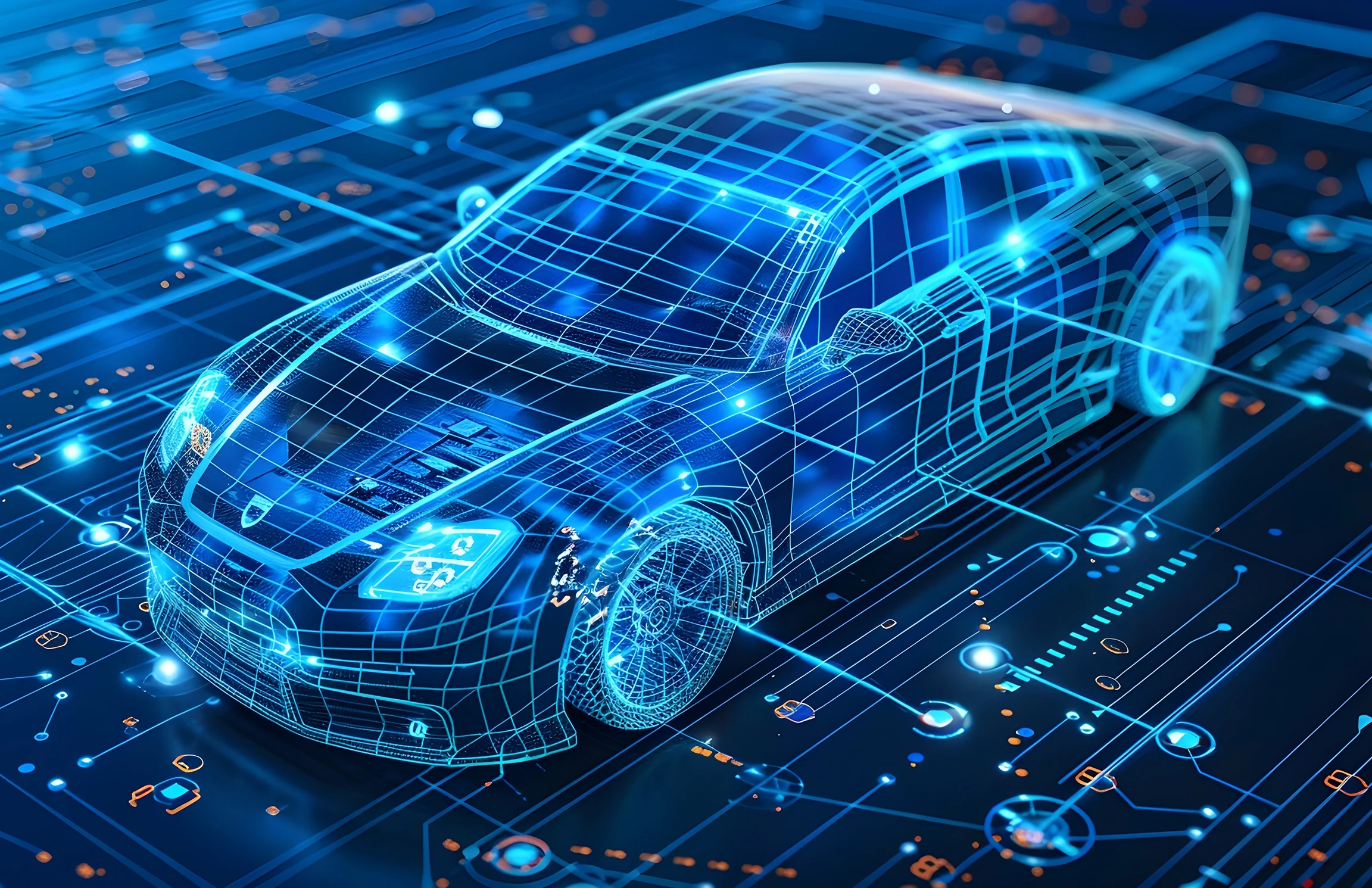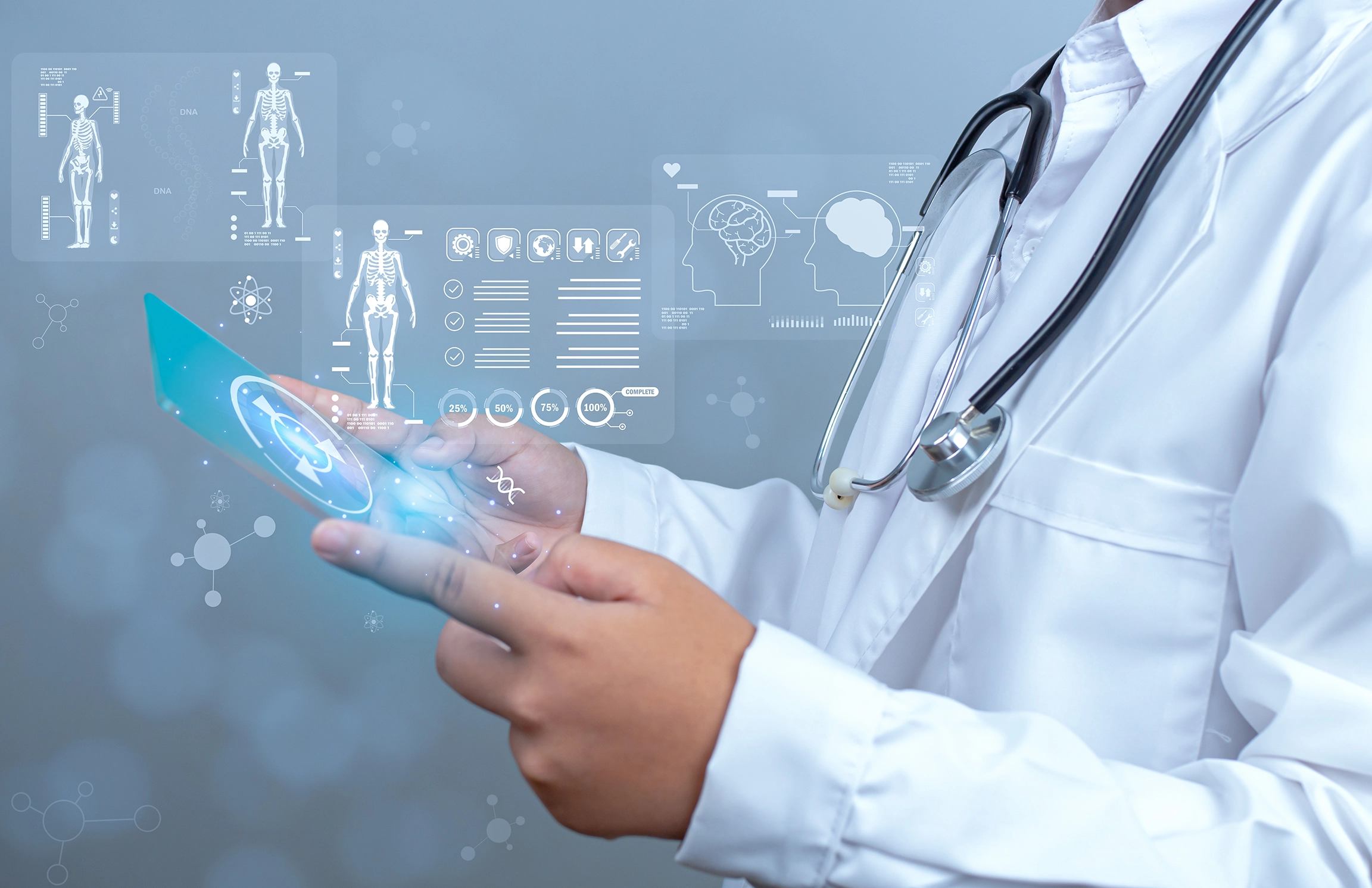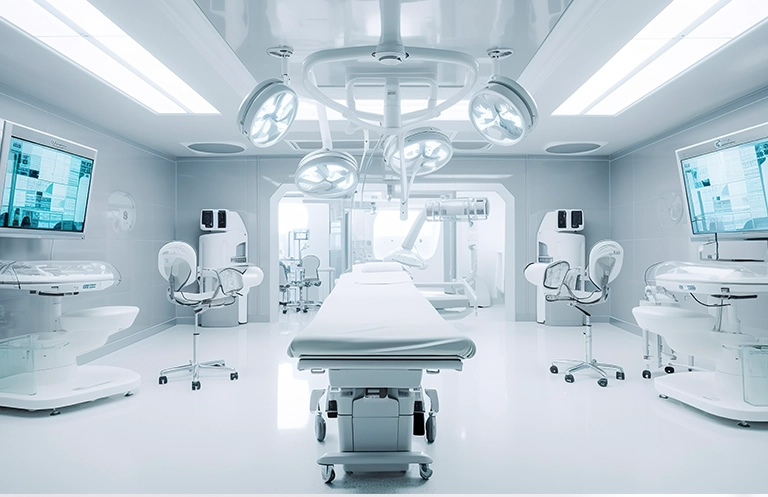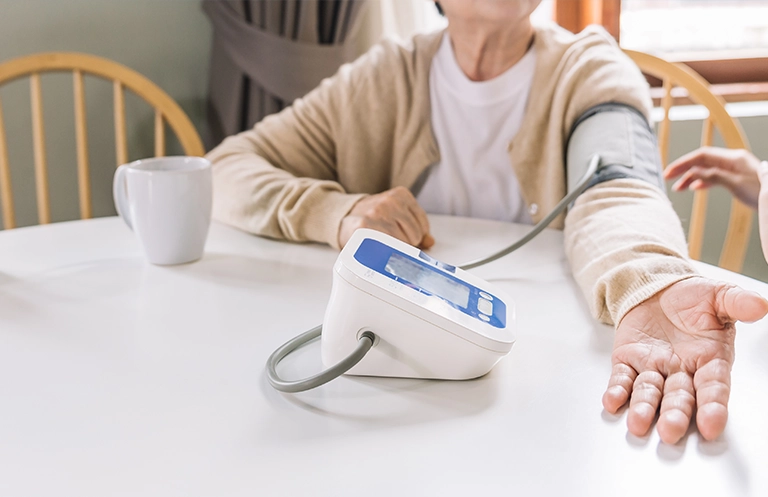Over the past several years, with strong advances in technology, Artificial Intelligence (AI) and Machine Learning (ML) capabilities have become available in highly compact chipsets. These chipsets have been adopted across vision solutions including low power wearable cameras such as dash cams or body cams, and smart homes to high-end industrial cameras running bleeding edge AI analytics. The rise in adoption of multi-camera solutions is driven by advancements in technology and the increasing demand for more comprehensive and detailed visual data across various applications. A smart camera is one of the key components of a vision’s solution that is used in a variety of applications, including surveillance, industrial automation, autonomous vehicles, and home automation.
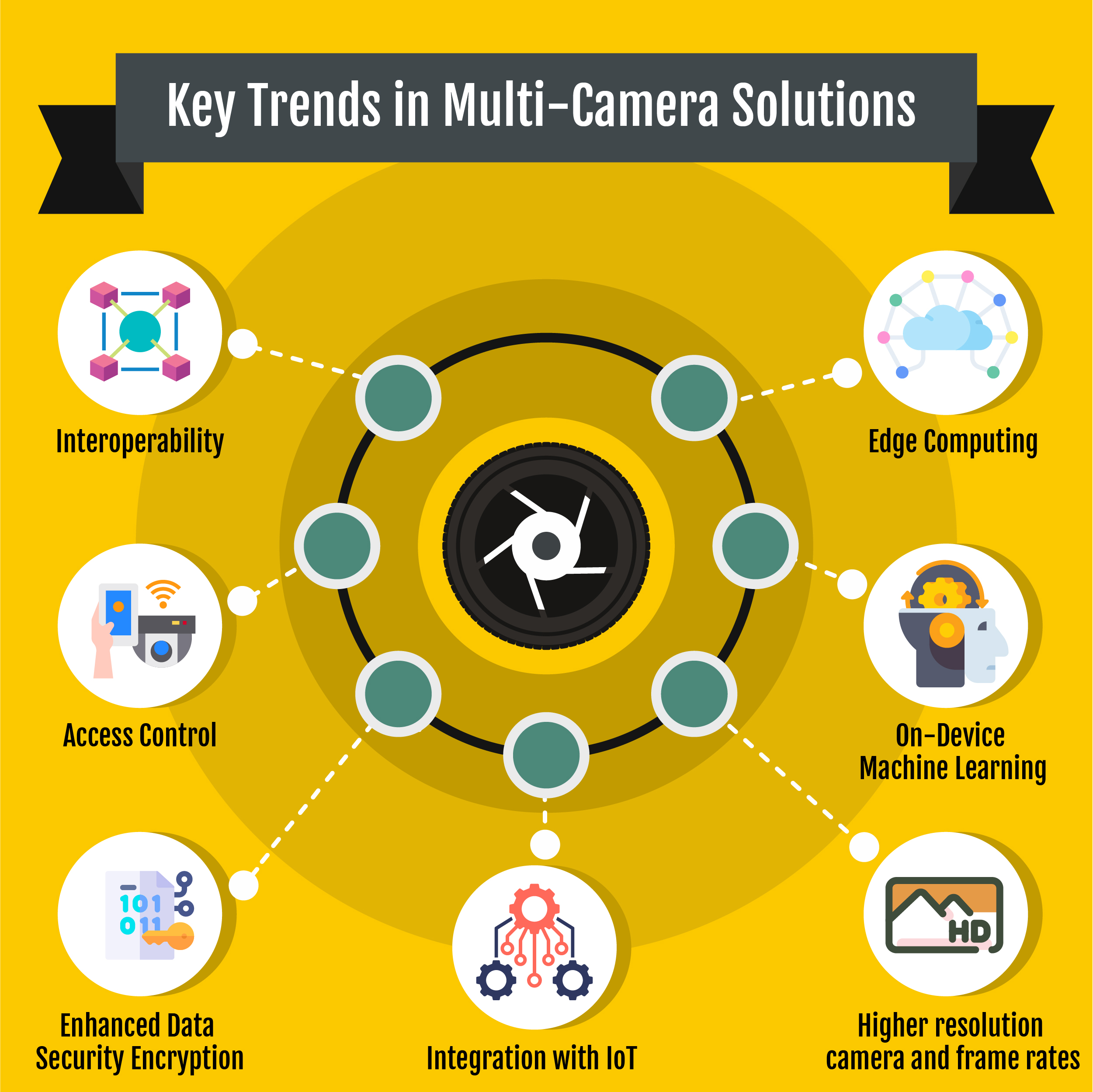
Key trends in multi-camera solutions
- Edge Computing: Camera edge computing involves processing data directly on the camera or near the camera device rather than sending it to a centralized cloud server. This approach offers several advantages, particularly in terms of latency, bandwidth usage, privacy, and energy efficiency.
- On-Device Machine Learning: Machine learning models are now deployed directly on the camera that helps in real-time analysis of the visual data. This feature is very useful in real-time object detection, facial recognition, and inconsistent detection.
- Higher resolution camera and frame rates: Adoption of 4K/8K cameras helps in capturing more detailed images for critical applications such as biometric recognition, quality control, and robotic plan automation. We also need higher frame rates to improve the ability to capture fast-moving objects without blur for applications like ADAS, manufacturing plant, and sports analysis.
- Integration with IoT: Multi-camera systems are increasingly integrated with IoT devices, enabling automated responses and interactions based on visual data.
- Interoperability: Standardization and interoperability protocols facilitate seamless communication between cameras and other smart devices.
- Enhanced Data Security Encryption: With the increasing amount of sensitive data captured by cameras, robust encryption methods are being implemented to protect data during transmission and storage.
- Access Control: Advanced access control mechanisms ensure that only authorized personnel can access and manage the camera feeds and data.
A typical vision-based solution comprises multiple smart cameras that help to capture different viewpoints of the same scene to provide more comprehensive information. There are key components of a vision-based solution including:
Cameras:
- Multiple cameras to cover 360-degree field-of-view
- High-resolution cameras to capture detailed images
- Mechanism to synchronize feeds and images from multiple cameras
Image Processing Software:
- Stitching algorithms to create a panoramic view
- Object detection and tracking algorithms
- Algorithms to adjust environmental condition
Software Frameworks and Libraries:
- Computer vision and machine learning software libraries with bindings for various languages like C++, Python, and Java
- Extensive collection of algorithms, support for deep learning frameworks
- Machine learning frameworks like TensorFlow, PyTorch, OpenCV
- Middleware for data fusion and communication between different system components
Camera Management Application
- Camera provisioning application to configure and set up cameras, often in a network or surveillance system, to ensure they function correctly and meet specific requirements
- Calibration software to align the cameras and correct lens distortions
- Application to schedule over-the-air upgrades
While developing these vision-based solutions, developers face many challenges and must consider multiple factors. Some of the key challenges are:
- Solution comprising of multiple types of cameras; lack of standardization and common framework to develop, manage and test these cameras
- Image synchronization: It is critical that all cameras capture frames at the same time for accurate stitching and analysis
- Accurate camera calibration to minimize errors in the combined view
- High compute capabilities to process data from multiple high-resolution cameras in real-time and decision making
- Unpredictable environmental and lighting conditions can affect image quality and processing accuracy
eInfochips’ Role
eInfochips has developed a Reusable Camera Framework (RCF) to accelerate time-to-market of multi-camera solutions. It is a hardware platform-agnostic solution that can be used as a firmware platform for IP camera design. The framework provides a proven, well-tested, must-have feature set for connected, single-sensor or multi-sensor camera solutions that would significantly reduce development effort and time-to-market. This framework allows you to configure key parameters of the camera while providing real-time control over capture, render, and post process activities on video streams or images. RCF’s modular, micro-services-based architecture is extremely flexible and customizable through a complete and well-defined set of APIs. The framework has been optimized to run on various embedded platforms from leading industry organizations, such as Qualcomm, TI, and Ambarella with only a minimal set of components having platform or vendor-specific dependencies.
Product companies can also add/customize services and modules within RCF to run on the camera or on another device over the network. Any new service integrated with RCF has the same level of fast access to camera image tuning data as any other native component. It enables the reuse of purpose-built core services to kick-start development, allowing OEMs to focus on breakthrough technology innovations.
If you would like to know more about the framework, please reach out to marketing@einfochips.com.
Wrapping Up
In this rapidly evolving technology industry, product companies are looking for solutions that are scalable and reusable to cut short their development time. A typical surveillance or an automation company wants to focus on their niche solutioning like AI on edge, advanced analytics and monitoring.
